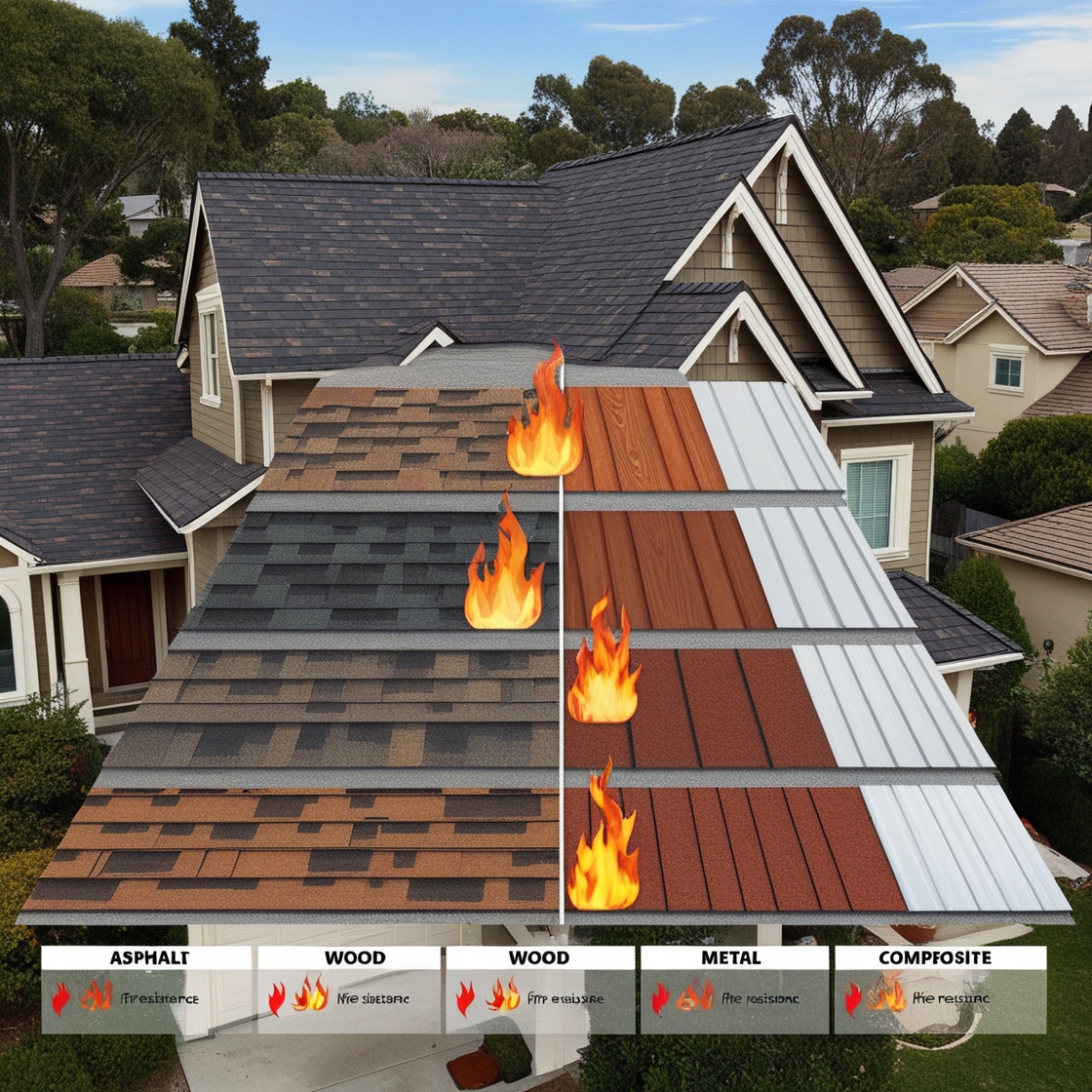When choosing siding for a home, especially in extreme climates, durability, energy efficiency, and maintenance are paramount considerations. Homes exposed to harsh conditions like intense sunlight, freezing temperatures, heavy snowfall, or high winds need siding that can withstand these challenges while maintaining its appearance and structural integrity.
1. Fiber Cement Siding
Pros: Fiber cement siding is a composite material made of cement, sand, and cellulose fibers. It is incredibly durable and can mimic the look of wood, stucco, or masonry, providing versatility in design. This type of siding is highly resistant to fire, insects, and rot, making it an excellent choice for extreme climates.
Cons: The main downside of fiber cement siding is its weight, making it more challenging to install compared to lighter options like vinyl. It may also require repainting after 15-20 years, depending on the exposure to elements.
Best for: Fiber cement siding is ideal for areas with fluctuating temperatures, as it doesn’t expand or contract much, reducing the risk of cracking. It’s also resistant to moisture, making it suitable for regions with high humidity or heavy rainfall.
2. Vinyl Siding
Pros: Vinyl siding is one of the most popular siding choices due to its affordability, low maintenance, and variety of styles and colors. It’s resistant to moisture, insects, and rot, making it a good option for many climates. Modern advancements have made vinyl more durable and capable of withstanding extreme weather conditions like high winds.
Cons: While vinyl siding is resistant to many elements, it can become brittle in extremely cold temperatures and may crack under impact. Additionally, it can warp or melt when exposed to excessive heat, so it may not be the best choice for areas with extremely high temperatures.
Best for: Vinyl siding is best for temperate climates or areas where extreme cold or heat is not a significant concern. It’s a versatile option that works well in most regions, provided the temperature extremes are moderate.
3. Wood Siding
Pros: Wood siding offers a classic, natural look that many homeowners find appealing. It can be stained or painted in various colors and provides good insulation, which can be beneficial in both hot and cold climates. With proper treatment, wood siding can last for many years and adds significant aesthetic value to a home.
Cons: Wood siding requires regular maintenance to protect it from moisture, insects, and decay. In extremely wet or humid climates, wood siding is prone to rot and may need more frequent treatments. It’s also more vulnerable to fire, which might be a concern in areas prone to wildfires.
Best for: Wood siding is best suited for dry climates where the risk of rot and insect damage is minimized. It’s also a great choice for homes in temperate regions where extreme weather conditions are not as frequent.
4. Metal Siding
Pros: Metal siding, often made of aluminum or steel, is highly durable and resistant to fire, insects, and rot. It’s also energy-efficient, reflecting sunlight and helping to keep homes cooler in hot climates. Metal siding is relatively low maintenance and can be coated with special finishes to enhance its resistance to corrosion.
Cons: In colder climates, metal siding can become cold to the touch and may contribute to heat loss if not properly insulated. Additionally, it can dent easily under impact, such as from hail or flying debris during storms.
Best for: Metal siding is ideal for areas prone to wildfires or extreme heat. It’s also suitable for regions with heavy snow, as its smooth surface allows snow to slide off easily, preventing buildup.


